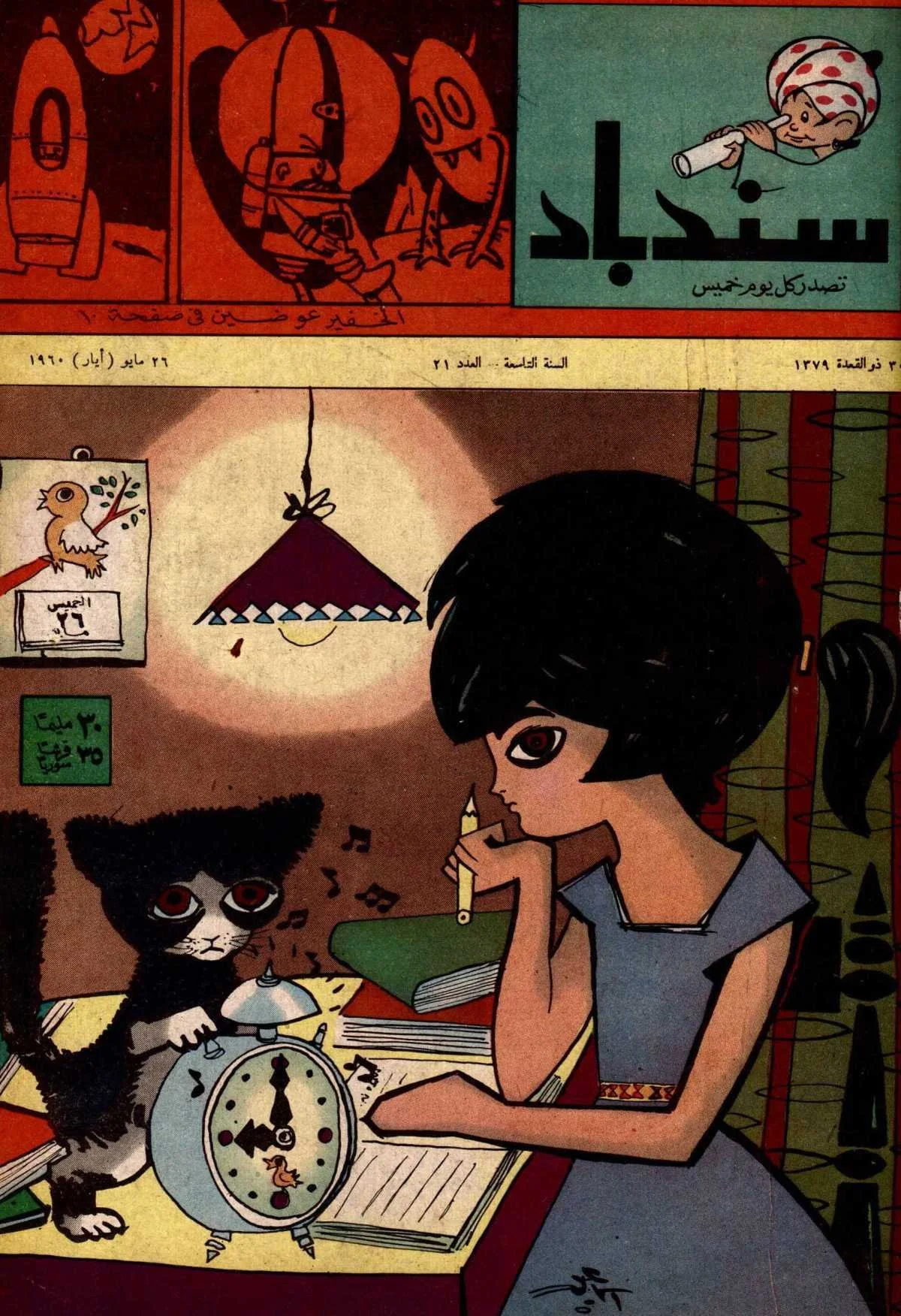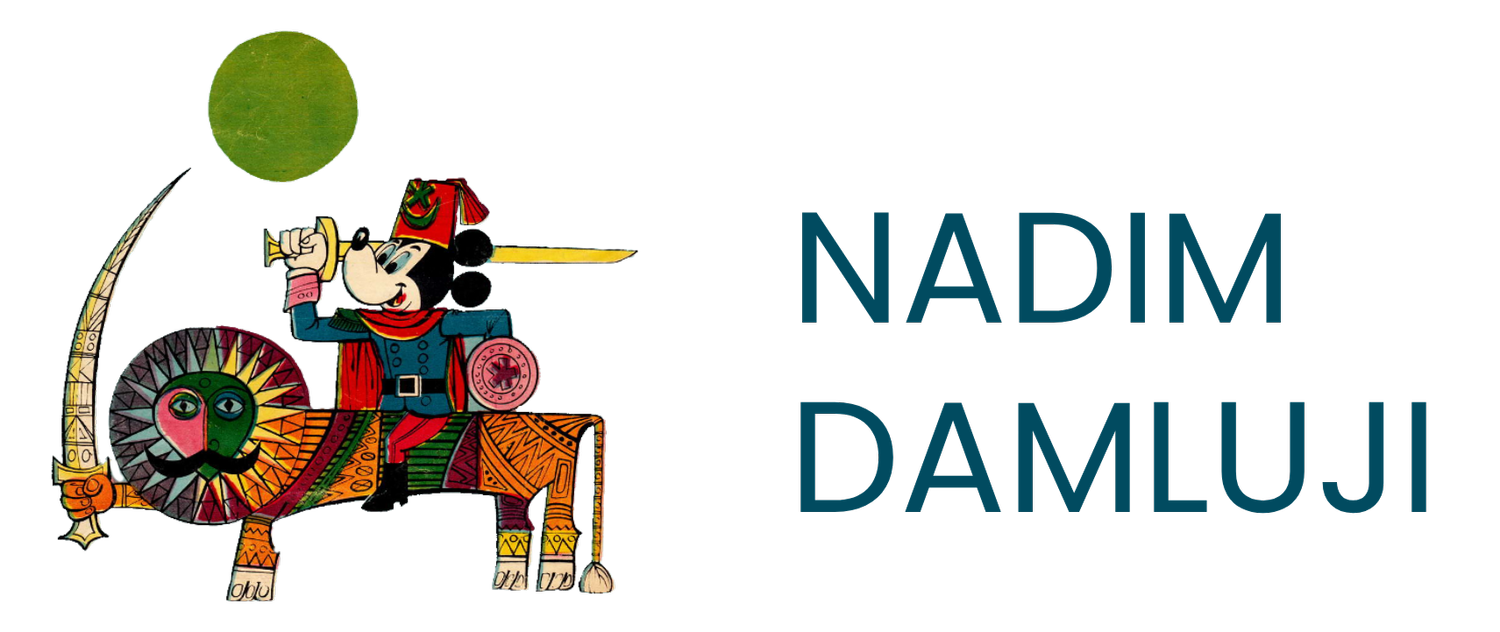
Writing
Originally Published in print in Journal Safar, Issue 8 “Tongues” (2025)
In six comic panels, I examine the different ways Tintin was translated into Arabic and, in some instances, became Arab. This article was adapted to a talk (available here).
Originally Published in print in Kalimat Magazine (2012)
This piece analyzes how Mickey Mouse was localized in Egypt during the 1950s by publisher Dar al-Hilal. It discusses the visual and cultural adaptations made to the Disney character, framing this process as an early example of postcolonial media translation rather than simple reproduction.
Originally Published on Qulture Magazine in 2015
This article recovers two early Egyptian comic serials—Al-Awlad (1923–32) and Katkot (1946–48)—and considers their significance within Arab comic history. It focuses on their visual styles, publication formats, and storytelling techniques, positioning them as part of a largely overlooked indigenous comic tradition.
Originally Published on The Hooded Utilitarian in 2011
This article explores the translation of American Clark Kent into Arab Nabil Fawzi by Lebanese publisher Illustrated Publications starting in 1960s. It reflects on the impacts of adapting Superman for an Arab market place with limited changes and the lasting impact it had on the Arab Comics canon.
Originally Published on The Hooded Utilitarian in 2011
This article discusses Craig Thompson’s Habibi (2011) use of Islamic stories and visual traditions and reproduction of Orientalist tropes—such as eroticized Arab women, savage masculinity, and a timeless desert city. It highlights the tension between Thompson’s aesthetic admiration for Islamic art and the narrative’s reliance on Western fantasies about the “East.” See also my conversation with Thompson about this criticism here.
Originally Published on Tintin Travels in 2010
The Crab with the Golden Claws was originally serialized in in black and white in 1941, colorized and released as an album in 1944, and then re-edited in 1959. In this article I take a close look at the edits Hergé made across these editions, in particular how he fluidly swapped stereotypes across the non-white background characters.






